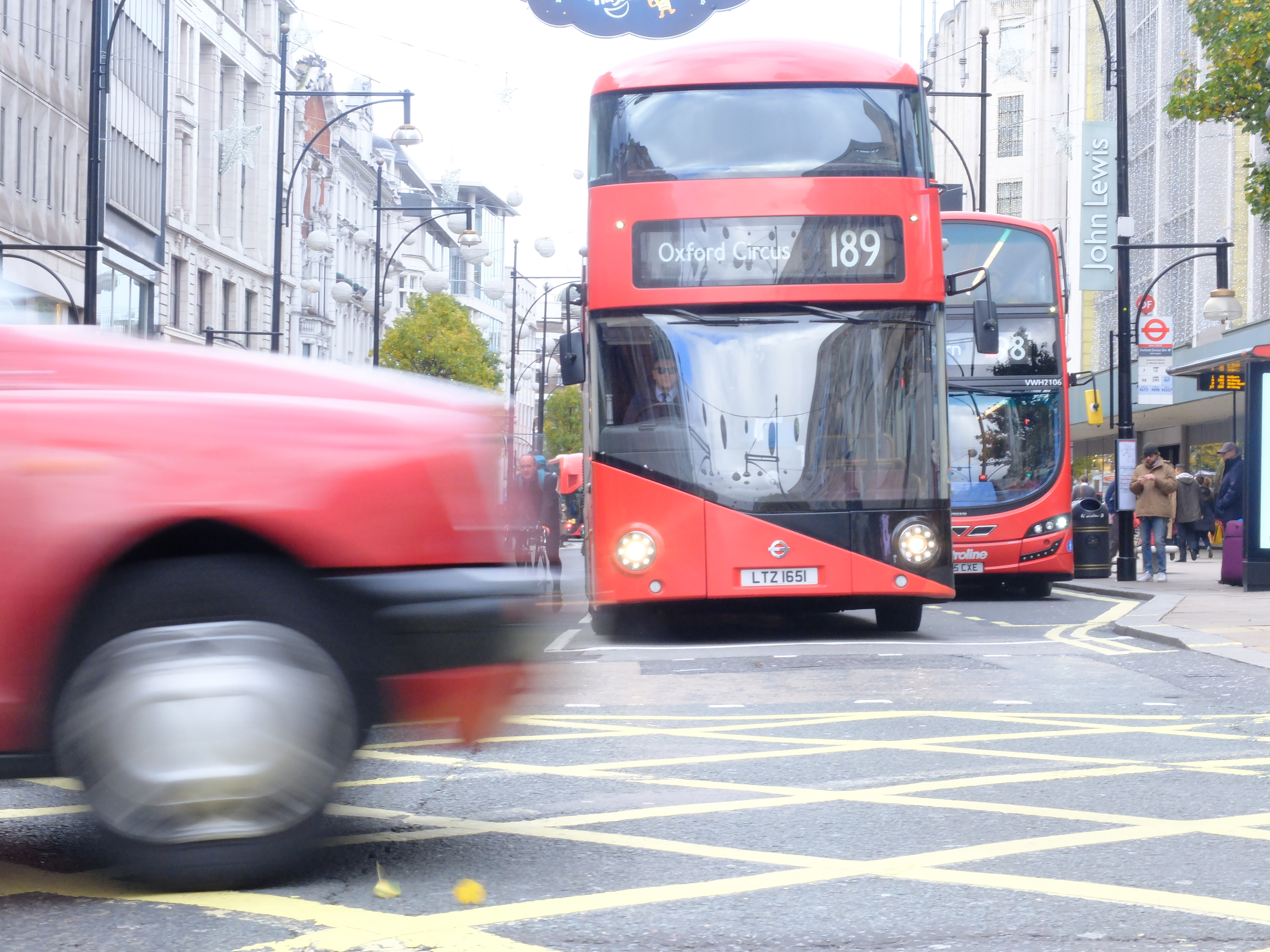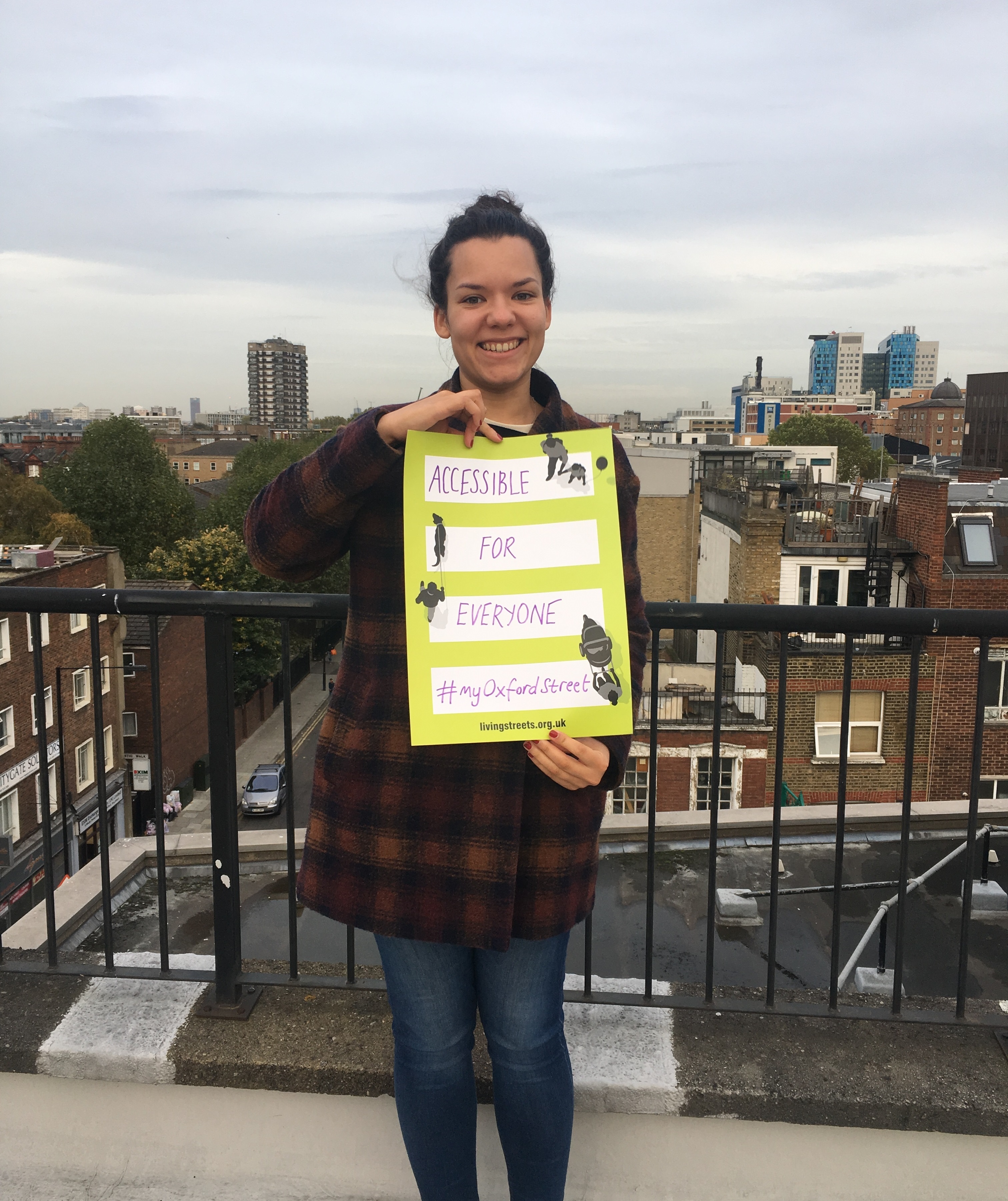Our campaign to pedestrianise Oxford Street

Together with our London Living Streets Group, we have campaigned for action on Oxford Street for over a decade. Oxford Street is one of our busiest shopping destinations, but it is currently unsafe and a poor environment for people walking and wheeling.
We’re delighted that the Mayor of London’s plans to pedestrianise Oxford Street have been approved, backed by 66% of respondents to a consultation. The Mayor’s plans are great news for everyone who lives, works and visits Oxford Street, securing the street’s future as a world-class place to shop and spend time in.
Living Streets has pushed for 7 major changes to make Oxford Street a safe and pleasant walking destination:

1. WALKING FRIENDLY
Make Oxford Street a world-class destination – a great place to walk.

2. TRAFFIC-FREE
Exclude motor traffic, with access to buses and taxis a short distance away.

3. ACCESSIBLE
Make the area accessible to all, regardless of age or disability.

4. SAFE FOR ALL
Ensure a safe environment, day and night.

5. CYCLING ACCESS
Provide a parallel East to West cycle route.

6. LEADING CHANGE
Oxford Street becomes a catalyst for wider changes across the West End.

7. LIMIT DELIVERIES
Consolidate deliveries and limit them to off-peak times.
Change shouldn’t stop at Oxford Street
Along with London Living Streets Local Group, we believe that the problems pedestrians face are not confined to Oxford Street. Unless these problems are addressed in the wider West End, Oxford Street will feel like an island surrounded by hostile streets.
The West End is congested with narrow footways, but there's much more space for motor vehicles. This does not compare well to other global cities that London aims to outperform.
London Living Streets Local Group is also pushing for north and south routes across Oxford Street to be closed to general traffic, as far as possible. Pedestrians moving away from car-free streets will be unprepared for the dangers posed by busy traffic.
To create a safe and attractive wider West End, it is important that traffic reduction is also planned for Soho, Fitzrovia, Mayfair and Marylebone. Restrictions on all vehicles except buses from 7am - 7pm, for instance, would boost local businesses and reduce road casualties.

PEOPLE POWER
Our supporters have helped us campaign for changes to Oxford Street for over a decade.
Support our campaigns
We need support from people like you to continue Living Streets' vital campaigns work. Please consider donating to our appeal so we can continue to push for safer, greener streets in London and across the UK.










